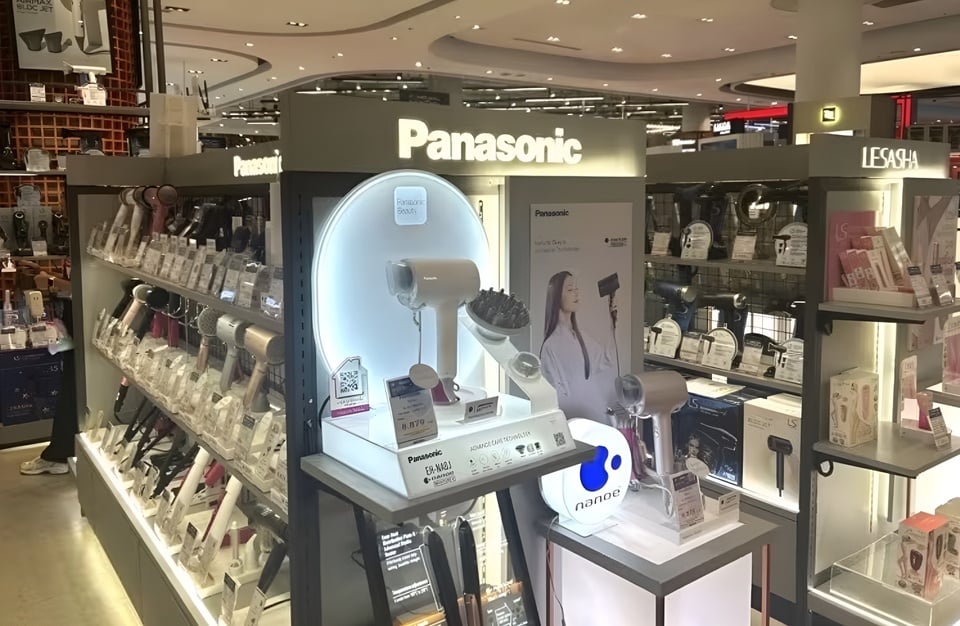 |
A high-end hair dryer model from Panasonic. Photo: Nikkei . |
Electronics giant Panasonic is shifting its focus to high-end hair dryers and beauty appliances to boost sales in the Southeast Asian market.
According to Nikkei , the Japanese company hopes the new strategy will be successful in a dynamic region like Southeast Asia, similar to what it has built at home.
Panasonic has started distributing some of its high-end hair dryers, which were popular in Japan, in Southeast Asia. The move is aimed at tapping into the growing middle class and increasing demand for beauty and health care products.
Different direction
Inside a large electronics store in an upscale shopping mall in Bangkok, Thailand, Panasonic’s luxury hair dryers are displayed alongside major competitors such as Philips, the Dutch healthcare technology giant, as well as Shark, SharkNinja’s flagship brand in the US.
Prices for the display items range from $18 to $277 . With the average salary in Thailand being around $616 , consumers will have to consider carefully when purchasing these high-end devices.
“The premium hair dryer segment has been rapidly emerging in Southeast Asia over the past few years,” said Akatsuki Kamimoto, head of Panasonic’s beauty brand management team.
In emerging markets such as Thailand and Malaysia, households with an average income of more than $10,000 /year account for about half of the population, creating a huge demand for beauty and personal care products.
 |
A high-end hair dryer model from Panasonic. Photo: iF Design Award . |
Panasonic's products have historically focused on the mass market, but the company is rapidly shifting towards the higher end.
For example, the Nanocare EH-NA0J is a high-end hair dryer that can both dry quickly and support hair care. The device was first launched in 2022 in Japan, achieving impressive sales before being distributed in Thailand and Malaysia in April 2024.
According to Nikkei , the device's standout feature is Panasonic's proprietary moisturizing technology, which helps keep hair soft and easy to style.
While many competitors like Dyson focus on promoting fast drying speeds through their signature motors, Panasonic creates its own niche by prioritizing hair care features.
Priced at around $270 , slightly higher than the price in Japan, the Nanocare series is popular among women in their 30s and 40s, according to Panasonic. The company notes that its hair dryer sales in Southeast Asia have been growing at double-digit rates year-on-year.
Regain position
Panasonic has not only focused on selling, but also localized its sales and planning. Previously, Japan was the main development center, while the Southeast Asian market often distributed similar models but at a slower pace.
This leaves Panasonic behind regional and Chinese competitors, who update their products with new designs every year.
To bridge the gap, Panasonic is setting up a planning unit in Thailand by 2024, allowing non-structural design upgrades, such as new colors, to be approved and implemented locally.
The company is also building a product testing facility at its Thailand plant to speed up testing of new devices. Panasonic aims to launch beauty products tailored for Southeast Asia as early as fiscal 2027.
Panasonic's new strategy comes amid growing competitive pressure among foreign brands in the regional beauty equipment market.
 |
Workers at a Panasonic factory in Thailand. Photo: Nikkei . |
In the hair dryer segment in Thailand, Dyson has about 20% market share, Philips and Panasonic have about 10% each, meaning the second place is fiercely competitive. Recently, the game has seen the participation of Chinese brands and some domestic companies.
“We aim to be number one in hair dryer market share in Asia by 2027, with a sustained annual growth rate of 7%,” Kamimoto said.
In addition to hair dryers, Panasonic is set to expand its product portfolio to include hair straighteners and facial care devices, such as massagers.
According to Nikkei , Japan’s major consumer electronics companies once dominated the world with high-value exports like refrigerators and TVs. However, as features matured and innovation slowed, these categories became more common, leading consumers to prioritize price over brand.
Over the years, Chinese and Korean manufacturers have gradually taken over the market with affordable models. This is the reason why Panasonic has chosen a new direction in the growing beauty market like Southeast Asia.
Source: https://znews.vn/huong-di-moi-cua-panasonic-post1580370.html



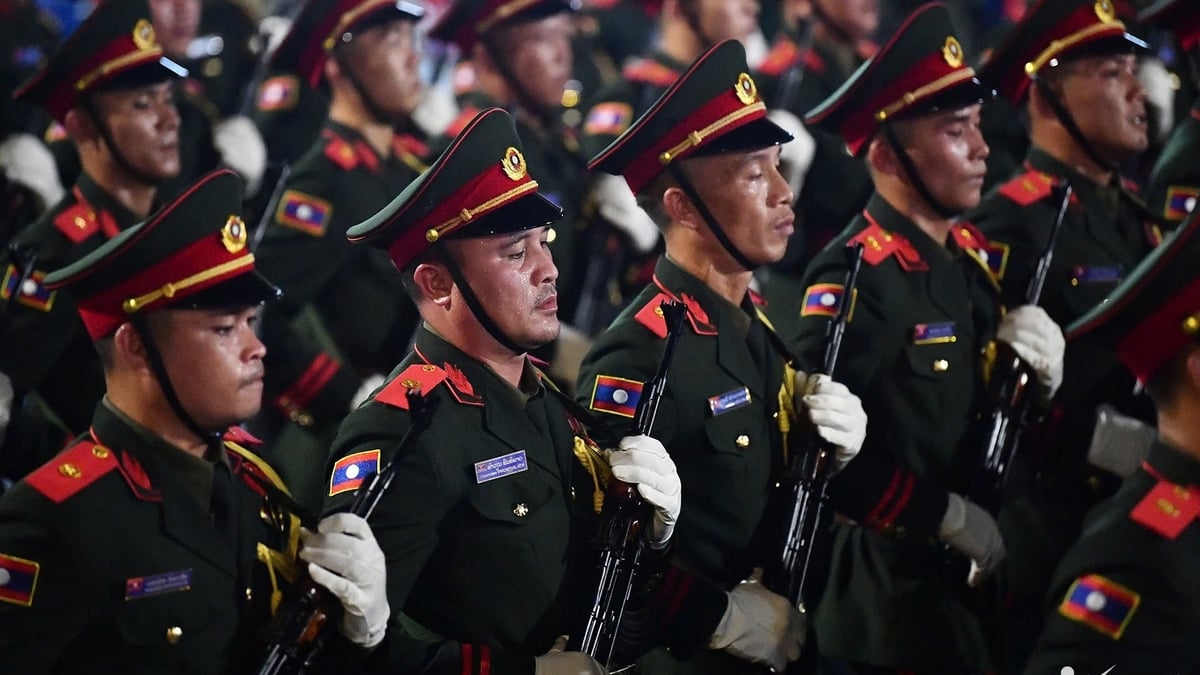
![[Photo] Images of the State-level preliminary rehearsal of the military parade at Ba Dinh Square](https://vphoto.vietnam.vn/thumb/1200x675/vietnam/resource/IMAGE/2025/8/27/807e4479c81f408ca16b916ba381b667)
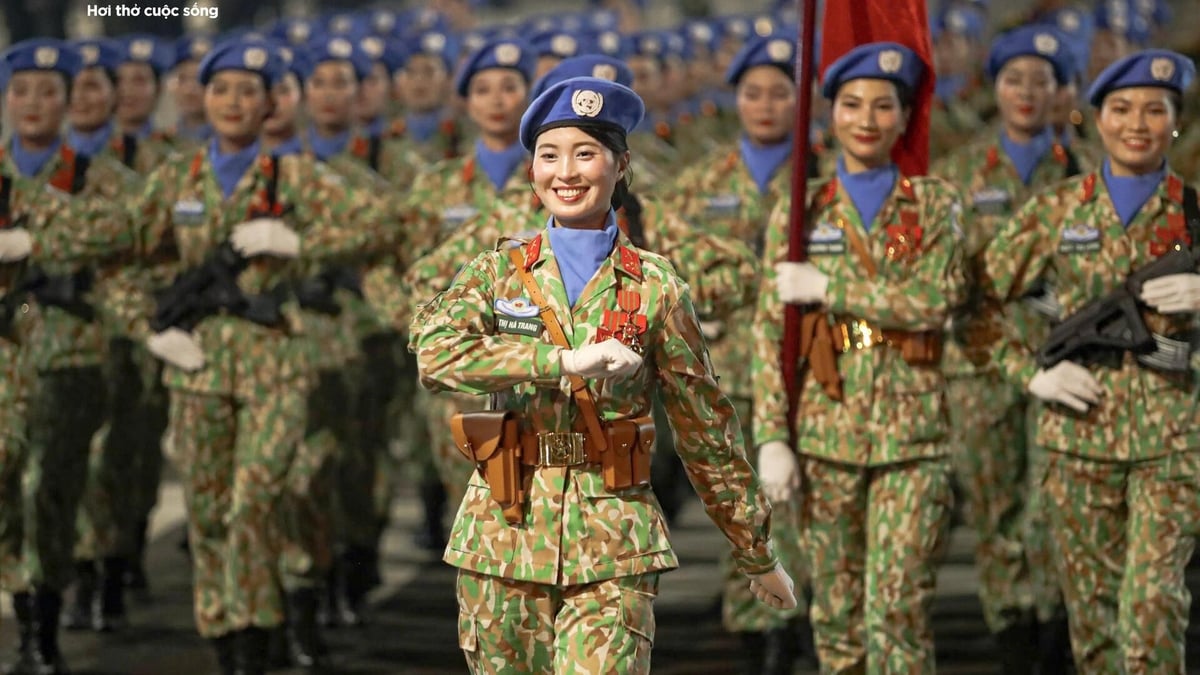
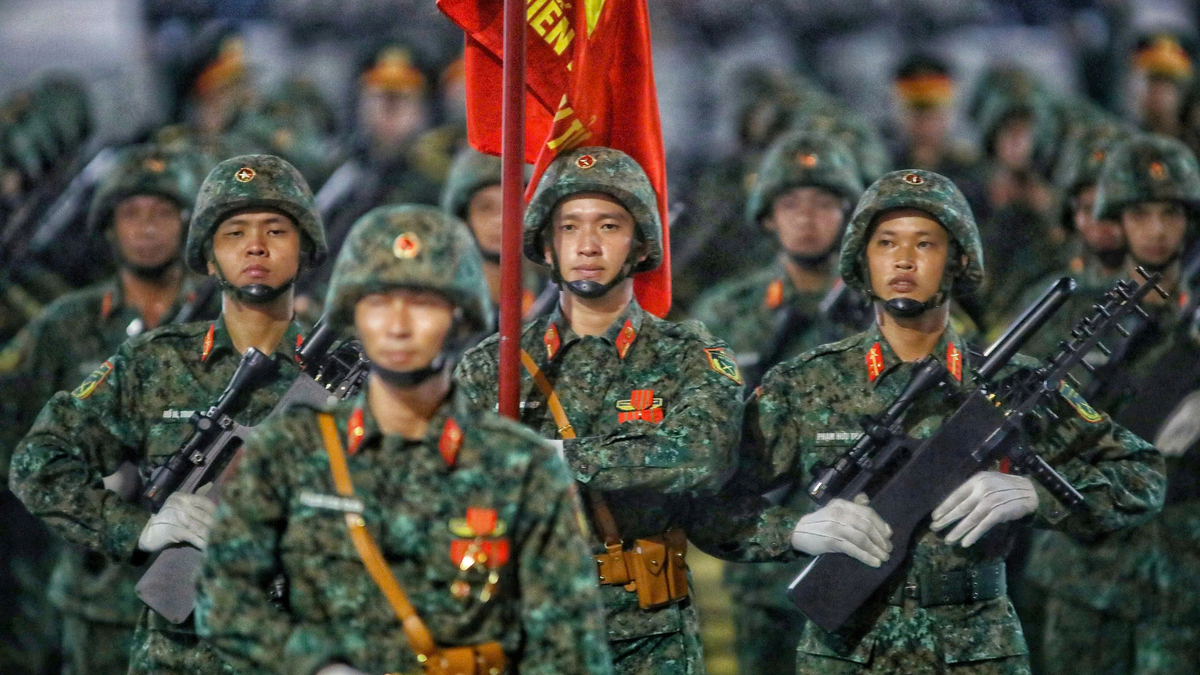
![[Photo] Parade blocks pass through Hang Khay-Trang Tien during the preliminary rehearsal](https://vphoto.vietnam.vn/thumb/1200x675/vietnam/resource/IMAGE/2025/8/27/456962fff72d40269327ac1d01426969)
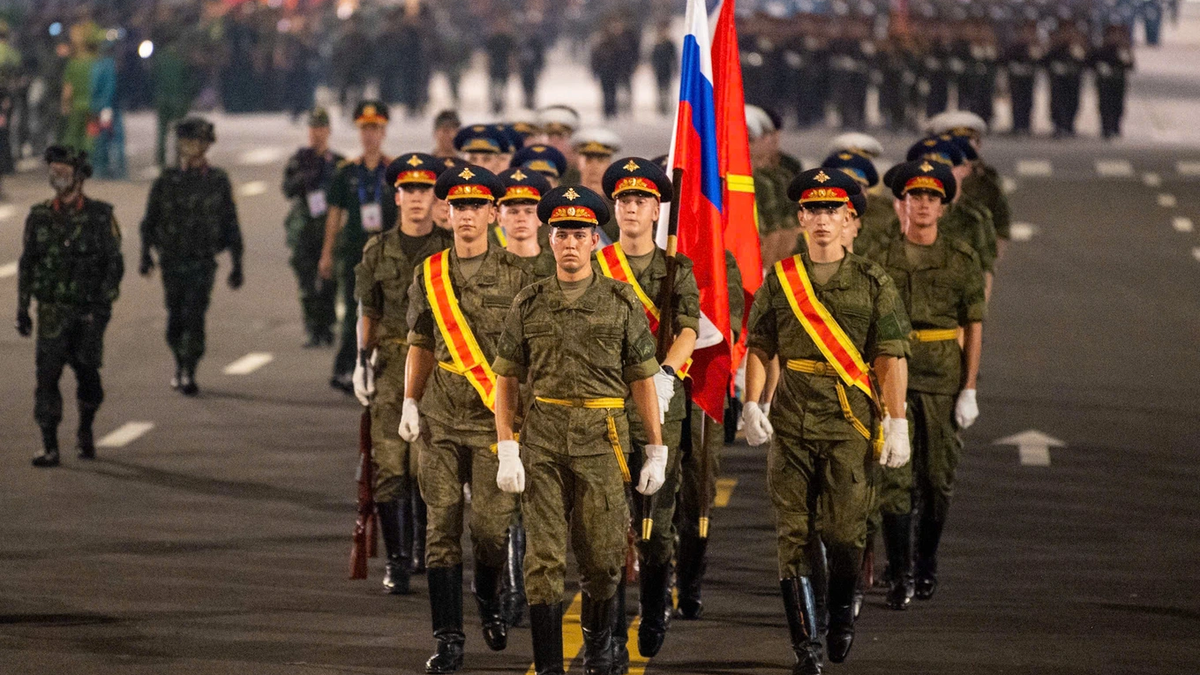


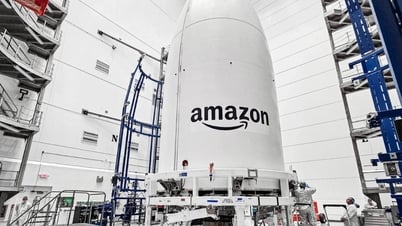

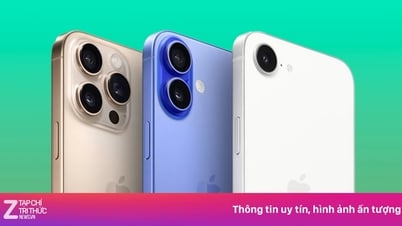








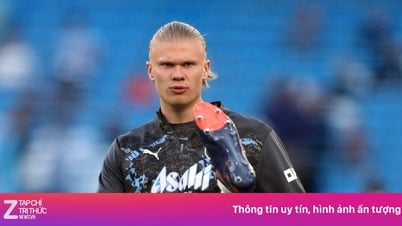









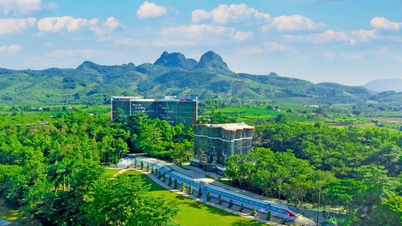



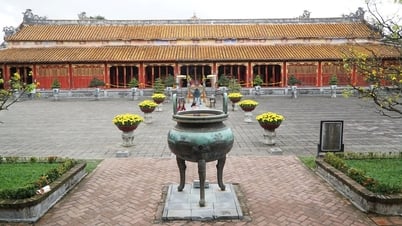


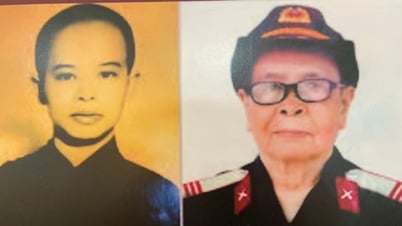



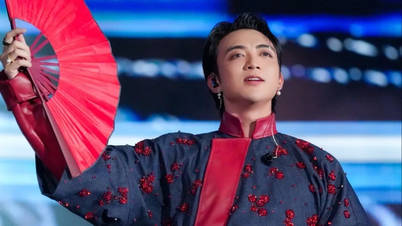



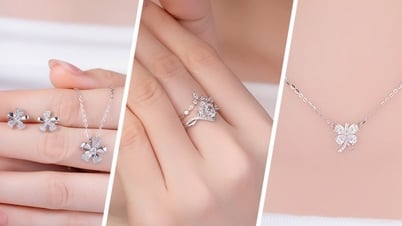



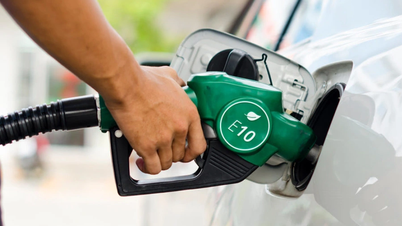
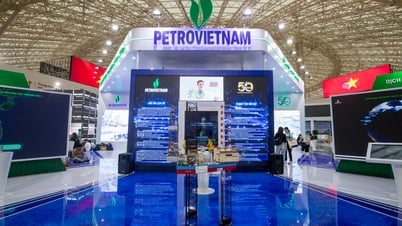





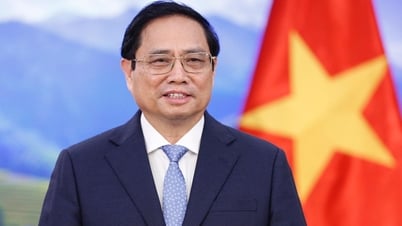

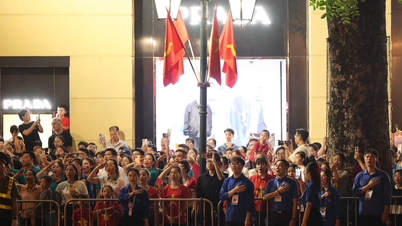

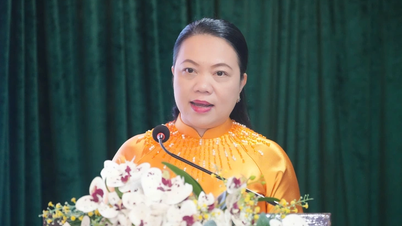
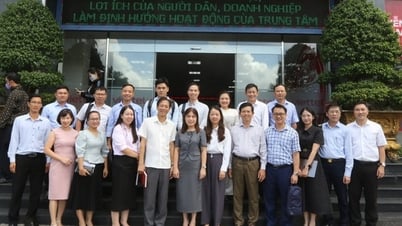



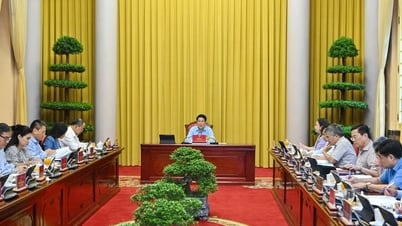

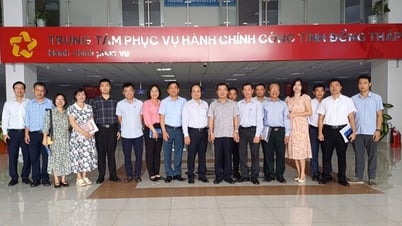






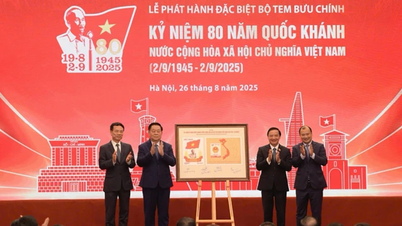

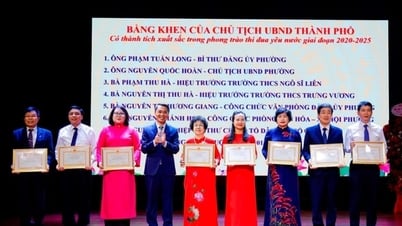


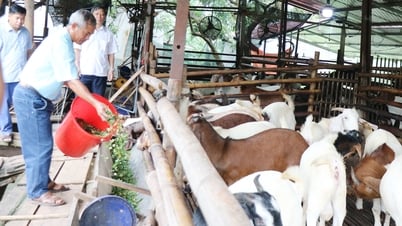

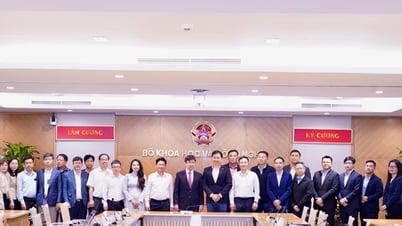











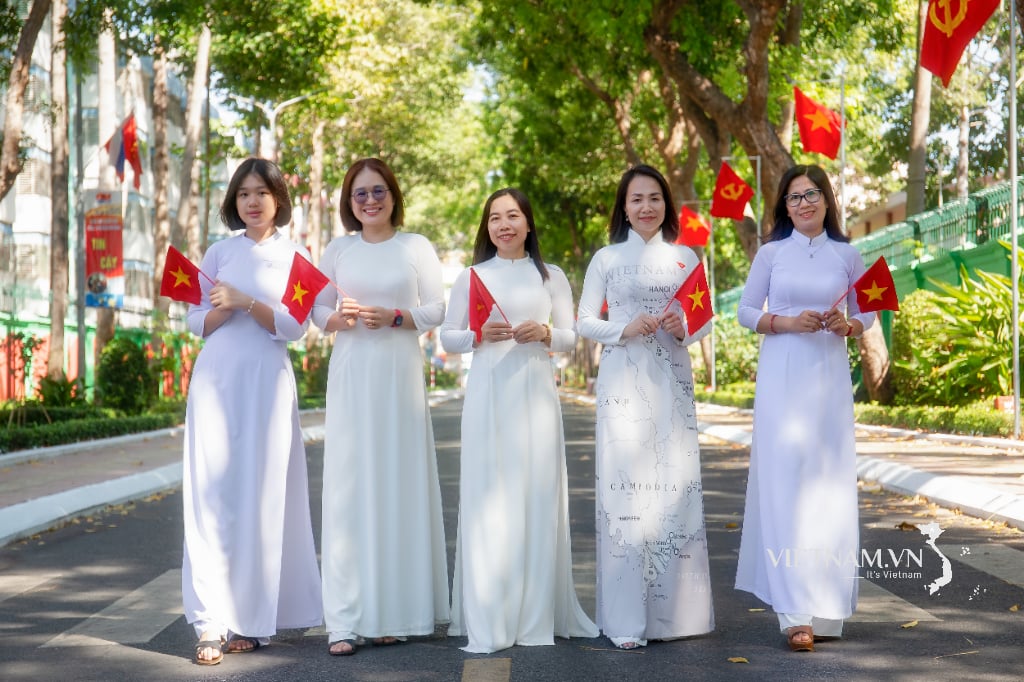

Comment (0)